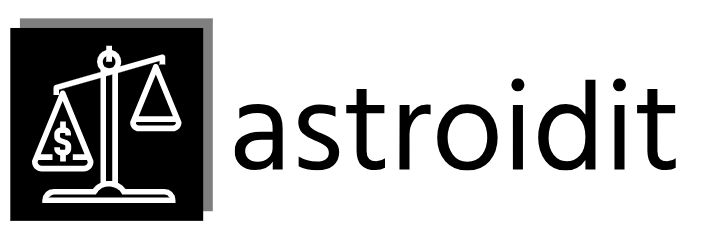Setting Up Your Digital Art Workspace
Before you even think about painting, you need the right tools. This means choosing your software – popular options include Photoshop, Krita (a free and powerful alternative), Procreate (for iPad), and Clip Studio Paint. Each has its own strengths and quirks, so experiment to find one that suits your workflow. Next, you’ll need a graphics tablet; a pen display (where you draw directly on the screen) offers the most natural feel, but a standard tablet with a pen works perfectly fine too. Finally, get comfortable with your software’s interface – learn where the brush tools, color palettes, and layers are located. A well-organized workspace is crucial for efficient painting.
Understanding the Basics of Digital Brushes
Digital brushes are the heart of digital painting. Don’t just settle for the default round brush. Explore the different brush settings available. Experiment with hardness (hard for sharp lines, soft for blending), opacity, and flow. These settings dramatically affect the look and feel of your strokes. Many programs offer customizable brushes, allowing you to import your own or create entirely new ones from scratch. Try different textures and brush tips to find what resonates with your style. Understanding how these settings interact will greatly improve the versatility of your art.
Mastering Color Theory and Palette Selection
Color theory is fundamental to any visual art, and digital painting is no exception. Learn the color wheel: primary, secondary, and tertiary colors, and how they interact to create harmony or contrast. A limited palette (using only a few carefully chosen colors) can create a unified and cohesive look, while a wider palette allows for greater detail and vibrancy. Experiment with different color schemes – analogous (colors next to each other on the wheel), complementary (colors opposite each other), and triadic (three evenly spaced colors). Understanding color relationships will greatly enhance your artwork’s visual impact.
Layering Techniques for Efficient Workflow
Layers are your best friend in digital painting. Think of them as transparent sheets stacked on top of each other. This allows you to work on different elements of your painting separately, making corrections and edits much easier. Use a base layer for your sketch, separate layers for different colors, details, and textures. You can adjust opacity and blend modes to achieve different effects – for example, overlaying a color layer with a soft brush to add subtle highlights. Understanding layer management is key to a clean and efficient workflow.
Learning Basic Brushstrokes and Shapes
Practice makes perfect. Start with simple exercises, like painting basic shapes – circles, squares, and lines – to get a feel for your chosen brush and its pressure sensitivity. Gradually move on to more complex shapes and forms. Pay attention to how you control the pressure and angle of your pen to create varied line weights and textures. Experiment with different brushstrokes – loose, gestural strokes for backgrounds, precise strokes for details. Developing strong fundamental brushwork skills will form the basis for your more advanced painting.
Blending Techniques for Smooth Transitions
Blending is crucial for creating realistic and smooth transitions between colors. Experiment with different blending tools – the smudge tool, a soft brush with low opacity, or even the airbrush. Avoid over-blending, which can lead to muddy and lifeless colors. Learn the art of subtle blending to create soft, gradual color shifts. Practice blending techniques on simple gradients or simple color blocks to understand how color mixes and interacts when blended. This skill is essential for producing professional-looking digital paintings.
Working with Light and Shadow
Light and shadow are fundamental elements of visual art, and mastering them significantly improves the realism and three-dimensionality of your paintings. Understand the basics of light sources – how they affect the form and shape of objects, creating highlights, mid-tones, and shadows. Practice rendering simple shapes with light and shadow, paying attention to the direction and intensity of the light source. Gradually incorporate these principles into more complex compositions, creating depth and visual interest in your paintings.
Adding Textures and Details to Enhance Paintings
Once you have the basic forms and colors in place, you can start adding textures and details to bring your painting to life. Experiment with different brush textures to simulate various materials, like fur, skin, metal, or fabric. Use smaller brushes for details, carefully adding highlights and shadows to create visual interest. Pay attention to the overall balance between smooth areas and textured areas to avoid making the painting appear overly busy or cluttered. Adding these subtle touches will elevate your artwork to a more professional level.
Practice, Patience, and Persistence
Digital painting, like any other art form, requires dedication and practice. Don’t get discouraged if your first attempts don’t look exactly as you envisioned. Keep experimenting, trying different techniques, and observing the work of other artists. The more you practice, the better you’ll become at understanding your tools and creating expressive artwork. The key is to be patient and persistent, and never stop learning and improving your skills. Please click here to learn about basic digital art.






